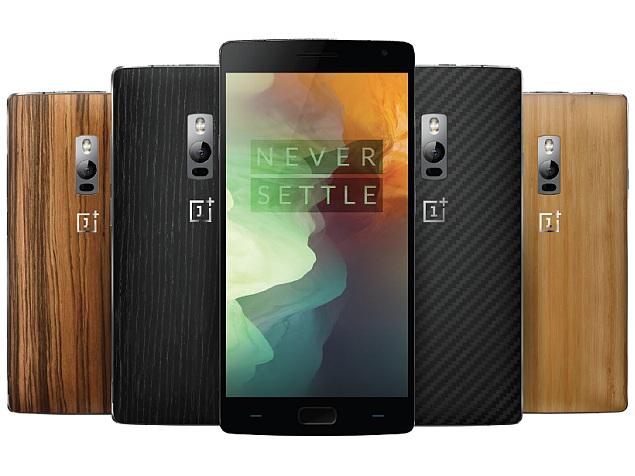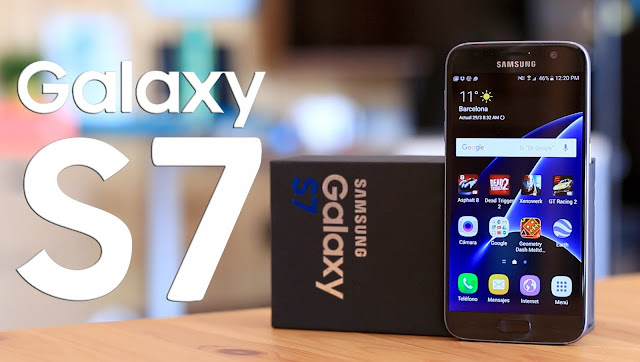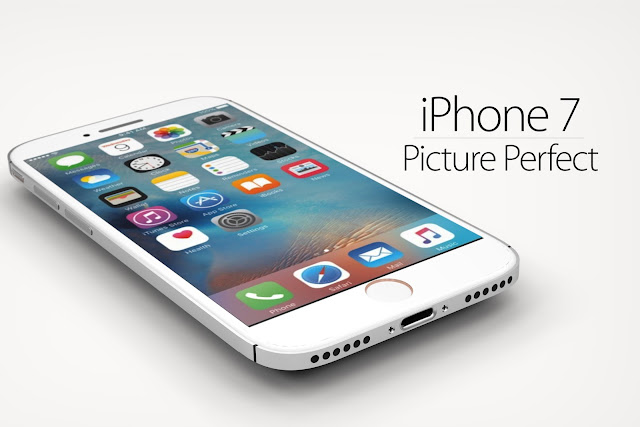OnePlus 2 review
KEY FEATURES
- 5.5-inch 1080p screen
- Snapdragon 810 processor with 3/4GB RAM
- 16 or 64GB storage
- Dual SIM
- 13-megapixel rear camera
- 5-megapixel front camera
- Fingerprint sensor
- 3,300mAh battery
- Manufacturer: OnePlus
- Review Price: £239.00
ONEPLUS 2: DESIGN
At first glance, the OnePlus 2 doesn’t appear anything special. Coming from a manufacturer no-one has heard of you might expect it to bear some obvious USP that’ll scream at you from the shelf.
But that’s not the point. The OnePlus 2 isn’t meant to be sold on shelves, ever. Aside from the odd importer, you can only buy the phone from OnePlus direct. You need an invite to even be able to order the thing and, at the time of writing, they aren’t too easy to get hold of.
The cynics among you may think: what better way to breed hype and anticipation than by limiting stock? Such thoughts aren’t groundless, but if there was a middle-man retailer or network in-between, you can bet the OnePlus 2 would not cost £239. There’s a lot of new-model marketing behind the phone, but that the thing is hard to get hold of isn’t just something made up by the OnePlus marketing department.
In person it certainly doesn’t seem like the hype machine that is OnePlus’s online presence has overshadowed the OnePlus 2’s design. It’s a phone that feels great, and is at home when sat next to more expensive mobiles like the HTC One M9 and LG G4.
Unlike the mostly-plastic OnePlus One, the OnePlus 2 has sides made of magnesium alloy. This feels a lot like aluminium. A little less cool to the touch perhaps, but we bet more than 50% of OnePlus 2 owners who haven’t pored over the spec sheet would assume it’s aluminium, as used in the iPhone 6 and HTC One M9.
ONEPLUS 2: COVERS AND CONNECTIONS
As well as having that nice band of magnesium alloy to tart up its design, the OnePlus 2’s back feels quite unusual. Sharing the same back texture as the OnePlus One, the rear feels a little rough and fuzzy, almost closer to a sort of fabric than anything else.
It’s a high-friction, tactile surface that we’re honestly surprised not to have been adopted by anyone else (to our knowledge) since we saw it in the OnePlus One. However, there are mixed reviews on it from the Trusted team, and if the thought of your phone feeling like a shaved hamster doesn't appeal, there are other covers on offer.
These come with a £20 price bump, but feature ‘real’ materials, including kevlar and various kinds of wood. Kevlar and the standard grey-black rear are the best picks if you want a low-key phone.
The rear can be prised off with a finger easily enough, and while it doesn’t give you access to the battery, it does mean the OnePlus 2 can avoid using one of those SIM slots that needs a pin/tool to unlock. There are two SIM slots, both nano-size, and both fit into a single piece of plastic that slots into the body.
There’s no waterproofing here, and no microSD card either, so be sure to choose carefully between the £239 16GB and £289 64GB versions. We’re using the 64GB edition. It’s the best choice if you want to store a lot of music on your phone.
Both versions come with a few neat little hardware extras you don’t see on most other phones. First, there’s a little 3-way switch on the left side of the OnePlus 2 that turns all notifications off, only allows priority notifications and lets the lot through.
It’s a neat way to silence your phone quickly, although you do need to remember not to check you’ve not accidentally set the thing to silent if you’re expecting a phone call.
Then there's the socket. Most phones have a microUSB 2.0 slot. Some phones even have a a microUSB 3.0 slot, like the Samsung Galaxy S5. However, the OnePlus 2 has a USB-C socket. This is likely to be the successor to microUSB, and the main benefit is that it's reversible. It's way more convenient. In one sense at least.
The downside is that you can't use any cables you've accrued over the years to charge the phone. And if you lose the cable, replacing it could be a pain. It's only really the socket that has changed too. You don't get USB 3.0 speed. We like USB-C, but at this point using it is a mixed blessing.
ONEPLUS 2: SCREEN
The OnePlus 2 is a phone with a large screen, measuring 5.5-inches across. That’s larger than the Samsung Galaxy S6, the HTC One M9 and, of course, the iPhone 6.
Quality matters, but having a larger screen is generally always a benefit when matching video or playing games. Display quality is good too.
The OnePlus 2 has an LCD, IPS, LTPS screen, a great trio for any phone. To unpack these terms a bit, LCD means that you shouldn’t expect quite the black level and contrast you get from an OLED Samsung Galaxy S6 or similar. The phone still has a standard backlight, so contrast can only reach so high.
Of course, this only really becomes evident in a darkened room. In normal conditions you’ll not notice any diminished blacks. They’re strong for an LCD display.
IPS gets you great viewing angles, with fairly little loss of brightness off-axis and no contrast shift from any angle. Colours are very pleasant too.
This year we’ve seen a few phones try that bit too hard to bring the super-deep colours that very obviously telegraph to your eyeballs quite how much of the sRGB palette a phone can render. They often end up looking oversaturated, but the OnePlus 2 takes a far more relaxed approach. There’s no toxicity to the reds, and no other shades look as though they’re ready to leap our of the screen and stab you.
The OnePlus 2 is quite iPhone 6-like in this respect. It’s a very pleasant screen.
The final bit of tech jargon we mentioned earlier is LTPS, another screen architecture tech. This one helps cut down on the power the display uses. Of course, none of these screen techs are remarkable. They’re all very common.
Aside from that the OnePlus 2 has a very pleasant screen tone, one that offers punchy colour while appearing totally natural, the other bit worth paying attention to is the resolution. It has a 1080p panel, matching the iPhone 6 Plus pixel-for-pixel with 401ppi density.
We can’t go without mentioning the higher-resolution options out there. The LG G4 and Samsung Galaxy S6 provide radically higher pixel density, simply because they use QHD screens.
ONEPLUS 2: CAMERA
The OnePlus 2 has a 13-megapixel rear camera and a 5-megapixel front one. That sounds like an on-the-money spec for a £239 phone, especially now that really very cheap phones have started to use 13-megapixel sensors.
However, not all 13-megapixel sensors are made equal. Where once a sensor’s megapixel count could be used as a rough indication of its quality, Sony now makes some slightly ropey 8-megapixel and 13-megapixel units that are worth avoiding. More so than ever: don’t trust the numbers.
Like the Moto G, though, the OnePlus 2 has an excellent 13-megapixel sensor. And one not made by Sony, which makes the majority of camera sensors in the phones we review.
This one is made by Omnivision instead. It’s a much smaller name, of course, but has proved its worth in numerous China-made phones. Most notably, Oppo often uses its camera sensors.
The OnePlus 2’s sensor measures 1/2.6-inch, meaning its light-sensitive pixels are significantly larger than those of the competition. It has 1.3-micron sensor pixels, where the top-end standard is 1.1 microns. Without wanting to descend too much into the tech behind the tech, larger sensor pixels generally result in better dynamic range, a crucial part of image quality.
The OnePlus 2’s rear camera is also aided by a bunch of periphery camera features that make it just as well-equipped as all the £500-plus phones out there. It has laser-assisted focusing, a dual LED flash and optical image stabilisation.
The hardware has bags of promise. Ultimately, it doesn’t quite reach the performance of the Samsung Galaxy S6 or LG G4, but it is capable of some excellent moves for a sub-£300 phone.
ONEPLUS 2: PERFORMANCE
The OnePlus 2’s performance is generally excellent too. Android Lollipop has a more languorous style than the Android 4.4 KitKat software of the last generation, but the phone doesn’t compound this with any further lag. It’s smooth.
Anything less would a disappointment given the level of hardware in the OnePlus 2, though. It has a Snapdragon 810 SoC, the current top mobile chipset in Qualcomm’s line-up. This is the same grade of processor used in the HTC One M9 and Sony Xperia Z3+.
It comprises an octa-core CPU, with four 1.8GHz Cortex-A57 ‘power’ cores and four lesser Cortex-A53 cores, and an Adreno 430 GPU. Power is no issue: no current Android games are really a match for this spec. After all, it’d be a little silly for devs to release a game that doesn’t work well on top-end hardware.
The Snapdragon 810 is a somewhat-contentious chipset, though, which has led to some complaining that OnePlus should have used a Helio X10 chipset instead, from generally less-well-regarded MediaTek. The issue is heat.
Qualcomm’s Snapdragon 810 causes serious overheating problems in the Sony Xperia Z3+, and less serious ones in the HTC One M9. Sure enough, the OnePlus 2 tends to get quite warm without all that much provocation. Browse the web using mobile internet for 10 minutes or so and the top half of the phone will get quite warm.
However, OnePlus seems to have put some work into ensuring it never gets flat-out hot, even when tackling demanding 3D games.














Comments
Post a Comment